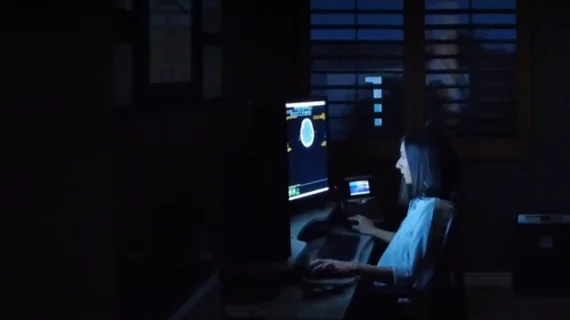Radiologists show higher discrepancy rates when reading advanced exams aligned with their subspecialty
Radiologists commonly interpret exams outside the focus of their fellowship training, but does this lead to more errors? New research published Wednesday suggests it may, at least in certain situations.
Over 90% of radiologists have completed subspecialty fellowship training, yet many are still considered multispecialists, particularly in community-based settings. Because of this, researchers analyzed nearly 6 million exams to determine if discrepancy rates increase when rads read outside of their interpretive area of expertise.
A large U.S. teleradiology company granted the authors access to 5,883,980 acute exams completed between 2012-2016. The preliminary interpretations were completed by 269 teleradiologists specializing in neuroradiology, abdominal radiology, and musculoskeletal radiology.
On-site radiologists submitted quality assurance requests when initial and final interpretations differed. Exams were categorized as either common (i.e. CT without contrast) or advanced (MRI, CTA, etc.), while discrepancies were deemed major or minor.
Overall, no significant increases in discrepancies were observed when radiologists read common exams outside their subspecialty. Similarly, deviations remained lower in common exams versus advanced, whether concordant or discordant with fellowship training.
Unexpectedly, the authors found, there was a marked increase in discrepancies when radiologists interpreted advanced exams aligned with their fellowship training, though researchers could not pinpoint the exact reason. They did suggest a possible association with radiologists taking time to be more thorough when reading outside of their subspecialty.
The results suggest pairing common examinations with radiologists who trained outside of specific fellowships does not escalate interpretation discrepancies. However, the increase in disagreements among radiologists reading within their fellowship training warrants further investigation, experts suggested.
“Multispecialty practice typically entails fellowship-trained radiologists interpreting examinations outside of their fellowship,” Suzanne Chong, MD, MS, with Indiana University’s Department of Radiology and Imaging Sciences, and co-authors wrote. “Our findings support multispecialty radiologist practice by demonstrating maintained performance when radiologists interpret acute common examinations outside of their fellowship training,” they added.
You can read the full report in The American Journal of Roentgenology.

